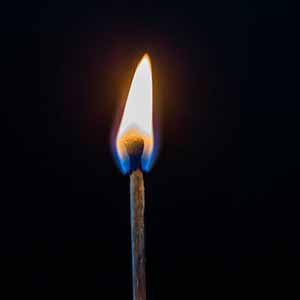Implementation of a nursing rehabilitation model to improve quality of life of patients with hand burns: A randomized clinical trial

Accepted: 8 June 2022
HTML: 11
All claims expressed in this article are solely those of the authors and do not necessarily represent those of their affiliated organizations, or those of the publisher, the editors and the reviewers. Any product that may be evaluated in this article or claim that may be made by its manufacturer is not guaranteed or endorsed by the publisher.
Authors
Burn is known as a life-threatening event in people’s lives, causing numerous physical, psychological, and social harms and negatively affecting patients’ quality of lives. This study was designed to evaluate the effectiveness of implementing a nursing rehabilitation model in improving the quality of life of people with hand burns. This was a randomized clinical trial conducted on 60 burn patients admitted to the Shahid Motahari Hospital, Burn Research Center, Iran University of Medical Sciences, Tehran, Iran in 2021. The patients were randomly allocated into two groups of intervention and control (n = 30 per group). The participants of the intervention group received a 5-week nursing rehabilitation program in two phases: at the acute phase (admission) and the recovery phase (before discharge). Data were collected using the Burns Specific Health Scale Brief (BSHS-B) questionnaire before each phase. The quality of life (Qol) - was significantly different comparing the two groups before the intervention (p = 0.042). Covariance analysis showed that after the intervention, the mean quality of life score was significantly higher in the intervention than the control group, indicating a better Qol in the recent group (p <0.001). In the control group, the mean score of Qol was not significantly different before and after the intervention; however, this difference was statistically significant in the intervention group (p = 0.001). The implementation of the nursing rehabilitation model improved the Qol of patients with hand burns. So, this model seems to be an appropriate and effective strategy to accelerate the rehabilitation of patients with hand burns and their return to society.
How to Cite

This work is licensed under a Creative Commons Attribution-NonCommercial 4.0 International License.
PAGEPress has chosen to apply the Creative Commons Attribution NonCommercial 4.0 International License (CC BY-NC 4.0) to all manuscripts to be published.

 https://doi.org/10.4081/ejtm.2022.10650
https://doi.org/10.4081/ejtm.2022.10650



